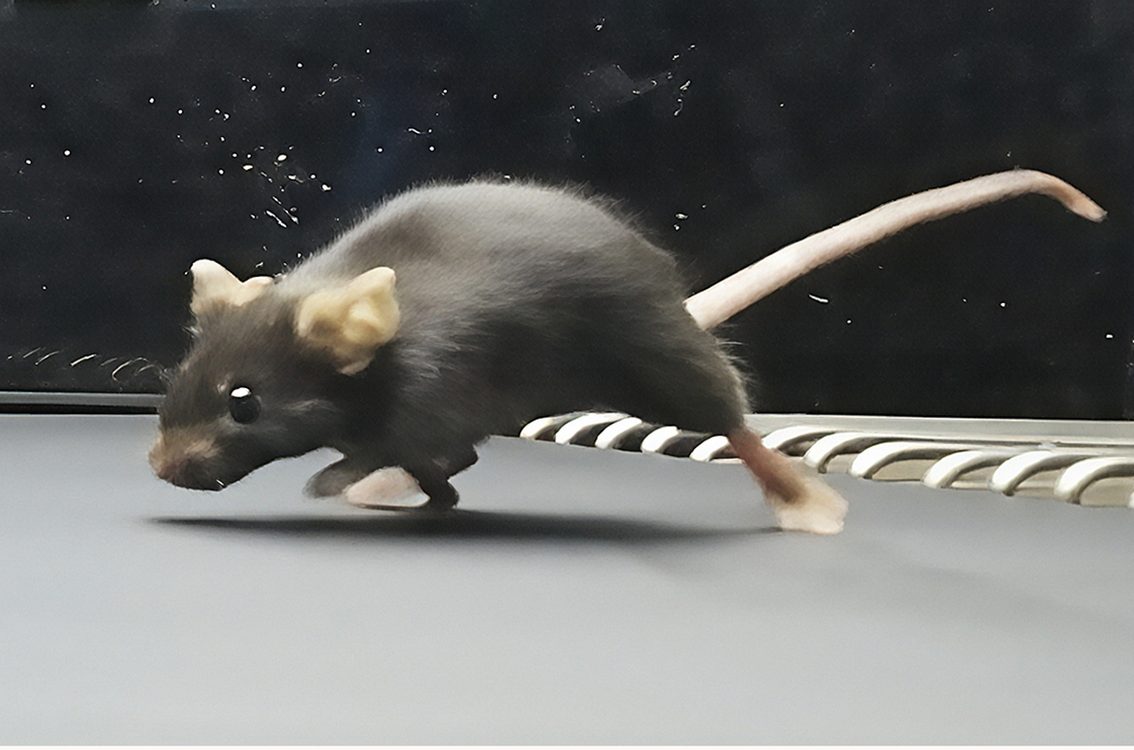A breakthrough in the study of aging occurred within the labs of Dr. Eric Verdin at the Buck Institute for Research on Aging when chronic inflammation was identified as a key driver of age-associated NAD+ decline.
This was discovered in a mouse/human in vitro model when both acute and age-related inflammation resulted in the expression of CD38 proteins found both inside and outside of the cell, and which degrade cellular NAD+ levels.
In the study, when inflammation was expressed acutely, such as when one suffers an injury, CD38 was found to lower NAD+. The team also confirmed that damaged cells known as senescent cells, which are more age-related, released pro-inflammatory proteins and caused CD38 macrophages to proliferate, and degrade NAD+, linking both forms of chronic inflammation to NAD+ decline which is a principal driver of late life disease.
NAD+ is a molecule that, upon hypothetical absence in an organism, would cause it to simply unravel like a cheap scarf. In fact, if NAD+ ceased to exist, so would life itself, and it would take only a few moments for earth to return to its barren, 4 billion year-old origin.
“We are very excited to link two phenomena which have been separately associated with aging and age-related disease,” said Eric Verdin, MD, Buck Institute President and CEO and senior author of the paper, in a statement on the institute’s website.
“The fact that NAD+ decline and chronic inflammation are intertwined provides a more holistic, systemic approach to aging and the discovery of CD38 macrophages as the mediator of the link between the two gives us a new target for therapeutic interventions”.
PICTURED: Dr. Eric Verdin, MD CEO of the Buck Institute speaks at the IBSA Foundation for Scientific Research. Photo credit: IBSA CC 2.0.
Inflamm-aging
There were other reasons why Verdin et al. could carry suspicions that chronic inflammation was linked to NAD+ decline, as other, intensely-studied inflammatory cytokines like TNF-Alpha and IL-6 have been linked to every disease known to man.
However the cutting out of the middle man so to speak — that the driver of aging is the inflammation itself and not the diseases it creates, could not have been considered fact without their finding.
In terms of NAD+, scientists weren’t certain if age-related decline in NAD+ levels were attributable to decreased production or degradation of existing NAD+ systems.
Verdin says that both are an issue, but that stopping the degradation of the systems is more important and that ultimately “supplementation will be part of the equation,” noting that inhibiting the expression of CD38 restored NAD+ levels in certain tissues in older mice.
Until affordable proven supplements can make it to market, preventing chronic inflammation through diet and lifestyle choices is key for someone looking to try and prevent age-related decline in NAD+.
Cellular Senescence
Senescent cells are protective measure against cancer, but also drive the aging process. A senescent cell is one that can no longer divide due to DNA damage, and which try to protect the organism against itself and its neighboring cells from becoming cancerous by spewing a multitude of pro-inflammatory proteins, collectively known as the senescence-associated secretory phenotype or SASP.
As senescent cells accumulate over an organism’s life, the SASP they emit causes a low-grade systemic inflammation which is heavily associated with late life disease and age-related problems.
SASP is another potential target for the supplement industry, one which could lead to billions of dollars in sales if a lab could reliably produce something which prevents senescent cells from emitting SASP, or that specifically targets SASP proteins.
One might suggest that the reason senescent cells exist is to prevent cancer, and that an intervention to prevent their work could increase cancer risks. However diet, stress, sleep, exercise, and lifestyle choices can go a long way in preventing cancer, while currently there’s no food one can eat to clear away the SASP.



